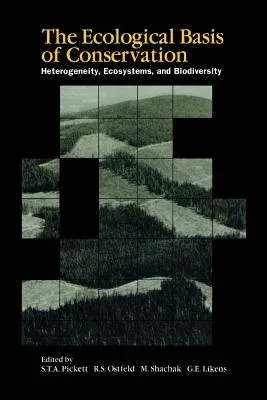Steward Pickett
(Author)The Ecological Basis of Conservation: Heterogeneity, Ecosystems, and Biodiversity (Softcover Reprint of the Original 1st 1997)Paperback - Softcover Reprint of the Original 1st 1997, 5 November 2012

Qty
1
Turbo
Ships in 2 - 3 days
In Stock
Free Delivery
Cash on Delivery
15 Days
Free Returns
Secure Checkout
Print Length
466 pages
Language
English
Publisher
Springer
Date Published
5 Nov 2012
ISBN-10
1461377501
ISBN-13
9781461377504
Description
Product Details
Book Edition:
Softcover Reprint of the Original 1st 1997
Book Format:
Paperback
Country of Origin:
NL
Date Published:
5 November 2012
Dimensions:
23.39 x
15.6 x
2.51 cm
Genre:
Ecology
ISBN-10:
1461377501
ISBN-13:
9781461377504
Language:
English
Location:
New York, NY
Pages:
466
Publisher:
Weight:
680.39 gm

